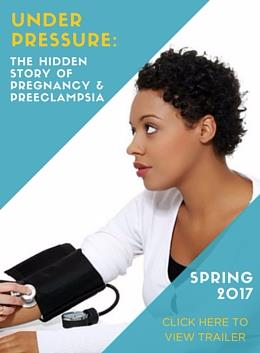This birth control method is becoming more popular, but many misconceptions about IUDs still persist.
Sept. 27, 2017
The use of IUDs has exploded recently, increasing from 2 percent of contraceptive users in 2002 to 10.3 percent in 2012 . It’s clear that many women appreciate its high rate of effectiveness (99 percent!) and convenience. Once the IUD is in, it’s good for years—until it expires or is removed.
But many women still hesitate to consider the IUD because maybe they’ve heard it can cause pelvic infections, or that it’s not the best choice for women who haven’t yet had kids. False, and false. Here are five common myths about the IUD that you can safely ignore, according to ob-gyn Kecia Gaither, MD.
- MYTH: The IUD hurts your fertility
REALITY: The IUD is a reversible form of birth control, and it’s possible to get pregnant right after removing the IUD. “Women who use an IUD can get pregnant later just as quickly as women who use other methods,” says Dr. Gaither, “and they are safe for women of any age.” (Find out more myths about birth control pills)
- MYTH: IUDs cause infections in your uterus
REALITY: Modern IUDs do not cause pelvic infection, but this myth ties back to the 1970s, when one specific IUD, the Dalkon Shield, entered the market without being thoroughly tested for safety and effectiveness. This poorly designed IUD not only failed to prevent pregnancy for many women, but it also caused pelvic inflammatory disease. These days, IUDs and other methods of birth control undergo extensive testing before they’re FDA approved, and both the CDC and the World Health Organization state that modern IUDs are 99 percent effective and do not cause pelvic infections. - MYTH: You shouldn’t get an IUD until you’ve had kids
REALITY: IUDs do not affect your fertility, so there’s really no reason to wait until you’ve brought your kiddo (or kiddos!) into the world. If or when you choose to try to conceive, your doc can remove your IUD at any time. - MYTH: Getting an IUD is very painful
REALITY: It depends on the person you ask. Pain is subjective, and everyone’s experience with IUD insertion varies widely. Some describe it as just a little discomfort, while others describe it as an intense pain. The feeling is similar-ish to cramps, and OTC painkillers can help ease the pain during and after the IUD insertion. Scheduling the IUD insertion during the first or second day of your period—when your cervix is naturally open—can also help reduce pain. (Some ob-gyns actually require this.) Learn more about what to expect at an IUD insertion - MYTH: Your partner will feel the IUD during sex
REALITY: The IUD sits entirely in the uterus, not the cervix. The only part your partner may feel is the string that hangs from the IUD, but doctors trim this down to make it as unobtrusive as possible. If your partner is feeling those strings, you can ask your doctor to have them shortened (it’s pretty common and not a big deal). If your partner feels the actual IUD, it’s not positioned correctly, and it’s not going to effectively prevent pregnancy—so schedule an appointment ASAP and use other forms of birth control (like condoms) until then.
This video features Dr. Kecia Gaither, MD. Kecia Gaither, MD, an ob-gyn and maternal fetal medicine specialist, is director of perinatal services at Lincoln Medical and Mental Health Center, a member of NYC Health + Hospitals System in Bronx, New York.
Duration: 3:01. Last Updated On: Sept. 27, 2017, 3 p.m.






